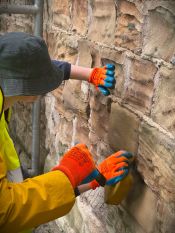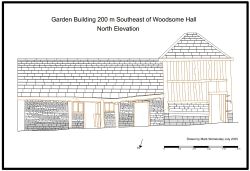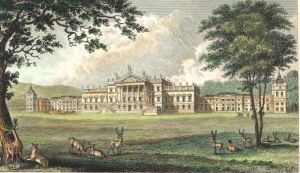Repairing clay daub and lime plaster on panels of riven lath and insulating externally with insulated lime renders
Repairing clay daub and lime plaster on panels of riven lath and insulating externally with insulated lime renders
1. Carefully remove loose lime plaster, leaving old clay daub.

2. Remove loose old clay daub and save for reuse
3. Soak old clay daub in water and rework for reuse

4. Check original laths for decay, remove beetle/worm eaten and rotten lath

5. Replace with new riven oak or chestnut lath, where old laths had very little support from secondary framing timbers add new horizontal lath to provide additional support
6. Apply reworked old clay daub topped up with fresh newly dug local clay and fresh dry chopped straw as a first coat to all individual repaired panels.

7. This daub was originally over all timbers except the principal horizontals and posts. Leave to dry and apply second coat of new clay daub over whole area to be re-plastered. All secondary timber frame supports require the application of sticky strong clay slip coat before the second coat of daub is applied. Leave key using stick or fingers to create 10mm holes pushing down and into clay daub.
8. Leave to dry and apply a 5mm layer of extra goat/cow haired lime plaster.
9. Leave to dry and cure, dampening down every 2 days, for one week.
10. Dampen down and apply 2mm coat of Fine Stuff, fine lime putty/silica sand finishing plaster.
11. Externally apply onto laths, immediately after application of internal clay daub, a 20mm undercoat of Womersleys’ insulating plaster, reinforced with extra goat hair.
12. Leave criss cross key with blunt lath and leave 4 days. Apply a second 15-20mm undercoat of Womersleys’ insulating plaster, reinforced with extra goat hair. Leave shallow key and leave at least 7 days.


13. Apply a 5mm coat of premixed hydraulic lime natural finish coat
Related Articles

The steps members of the Waterton’s Wall restoration team, with support from Mark Womersley, have been following to consolidate, conserve and repair this historic wall that represents the successful efforts of Charles Waterton to preserve the wildlife that lived on his estate near Wakefield in West Yorkshire.
1. Fill deep voids behind the wall’s facing stones with deep pointing work. The works involve …

Mark spent a day recording a historic timber-framed garden building at Woodsome Hall
Mark Womersley, as part of his voluntary work with the Yorkshire Vernacular Buildings Study Group, spent…

M Womersleys were delighted to offer a day of tutoring to those who attended the Wentworth Woodhouse Working Party
M Womersleys were delighted to offer a day of tutoring to those who attended the Wentworth Woodhouse…